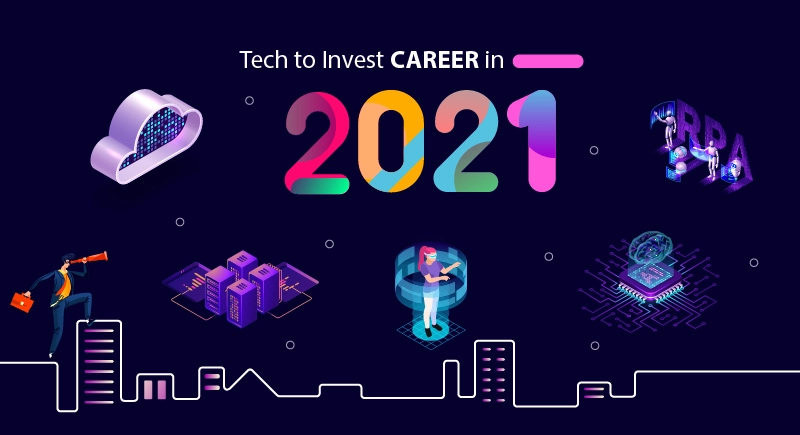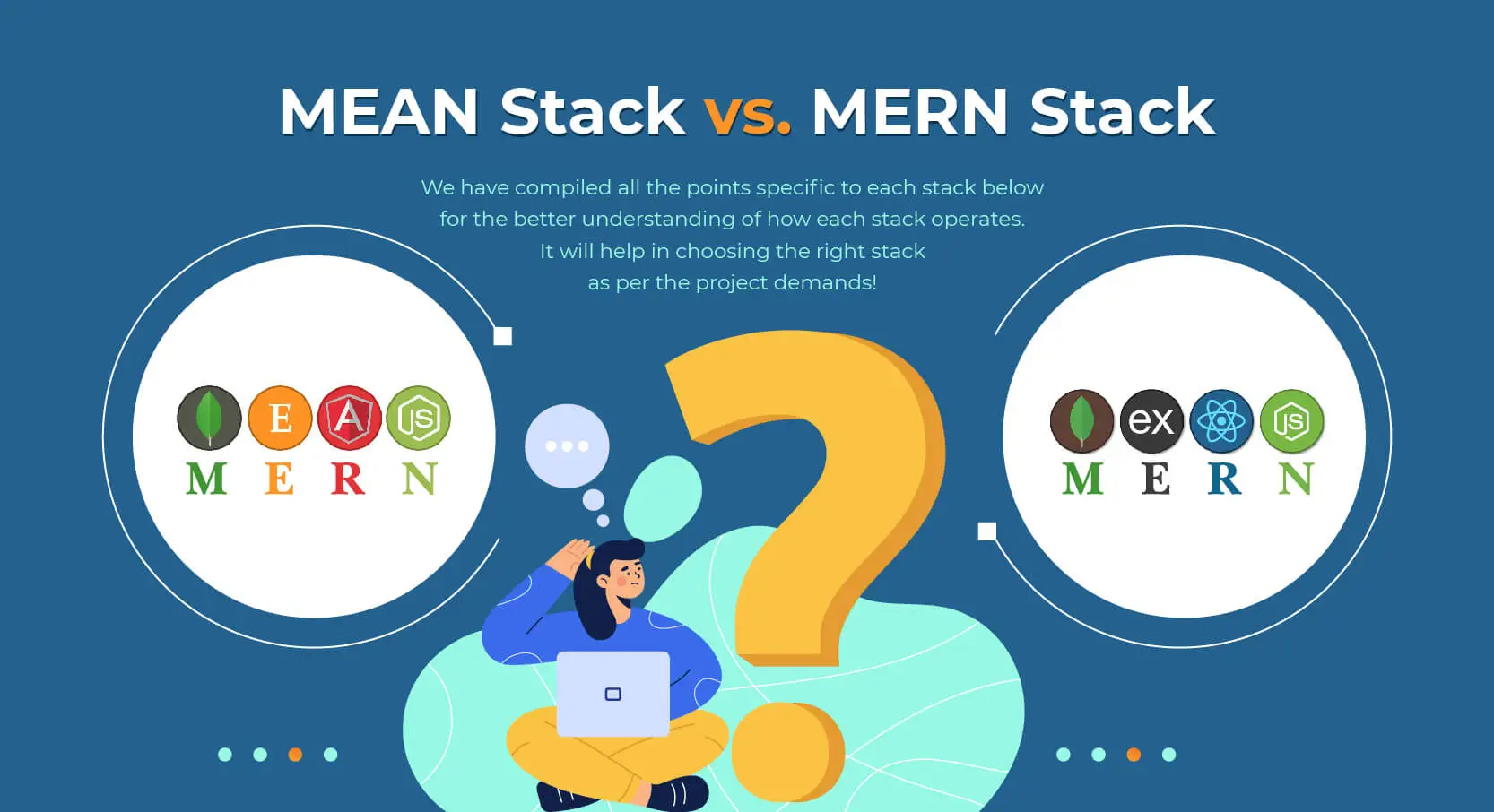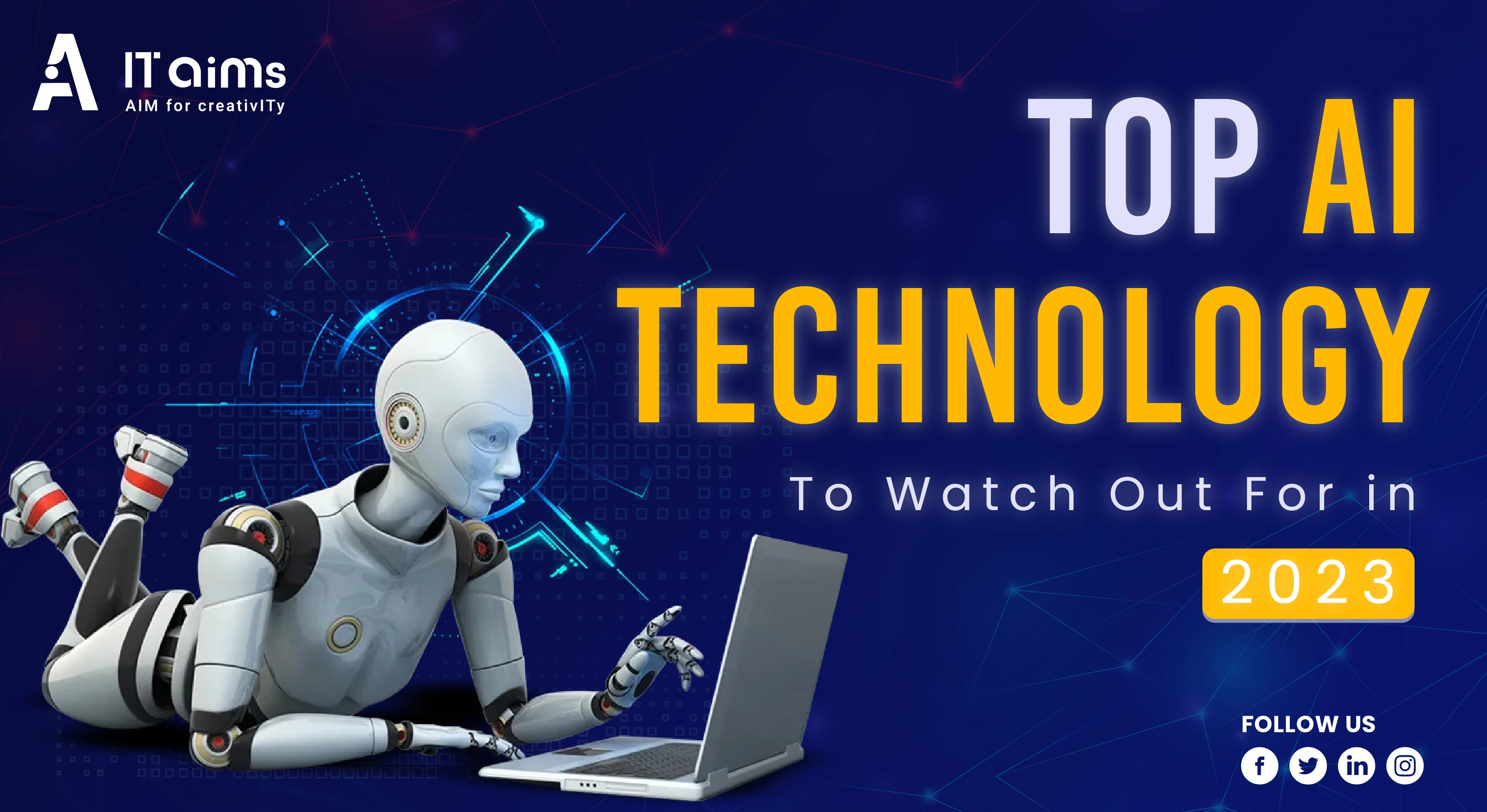
Top AI Technology to Watch Out For in 2023
As we enter 2023, the pace of advancements in artificial intelligence shows no signs of slowing down. AI, the technology that enables computers to perform tasks normally requiring human intelligence, such as learning, reasoning, and recognizing input patterns, is changing the way we live, work, and interact.
Artificial intelligence is already making an impact in our lives, from how we shop and make travel plans to how we consume news and information. And it’s not just about computers being able to do things that humans can do, it's about computers doing things that humans cannot do.
For example, AI is helping doctors identify cancerous tissue more accurately than ever before. It enables humans to better understand and communicate with each other in the workplace. And it’s helping businesses run faster, smarter, and more efficiently than ever before.
In this blog, we will explore some of the top AI technologies that we can expect to see in 2023.
1. Natural Language Processing (NLP)
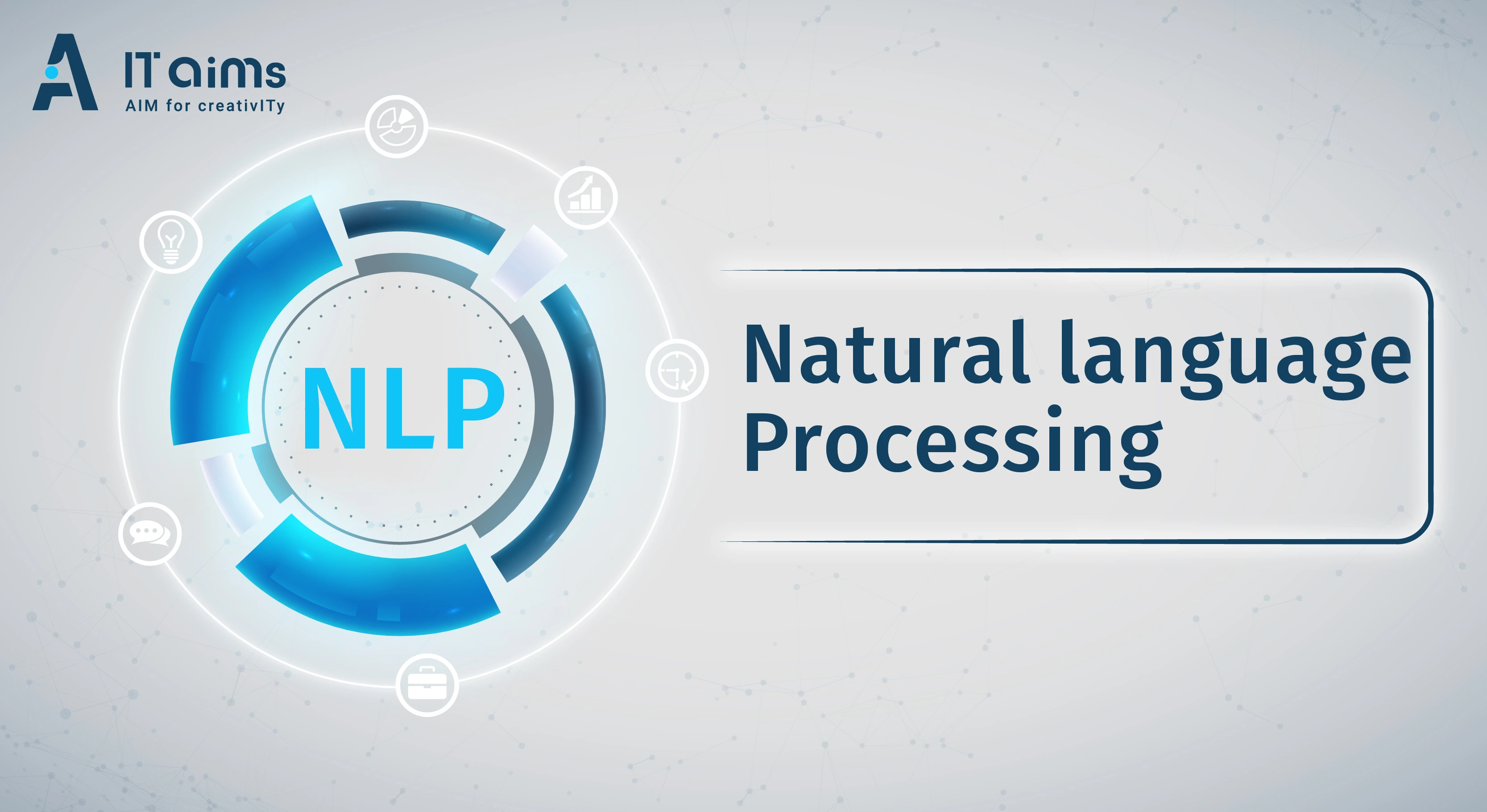
One area of artificial intelligence that will continue to make great strides in 2023 is natural language processing (NLP). NLP is the branch of AI concerned with human-computer interaction through natural language. In the near future, NLP will allow machines to interpret human language more naturally and respond accordingly and these advances are likely just a few years away. It is also likely to pave the way for more sophisticated chatbots, virtual assistants, and other conversational A.I. that can handle more complex tasks and better serve our needs as a result. NLP is already being used in a variety of applications, including customer service and automated translation. In the near future, this technology will allow machines to understand human language even better than they do today. It is likely that at least some of these advances will come from improvements in neural networks a type of machine-learning algorithm inspired by biological brains. Neural networks are a family of algorithms that can learn to perform tasks by analyzing large amounts of data. They work by simulating the way neurons in our brains communicate with one another. The details of how neural networks work are beyond the scope of this article, but what is important to know is that they have led to dramatic improvements in machine learning over the last few decades.
2. Computer Vision
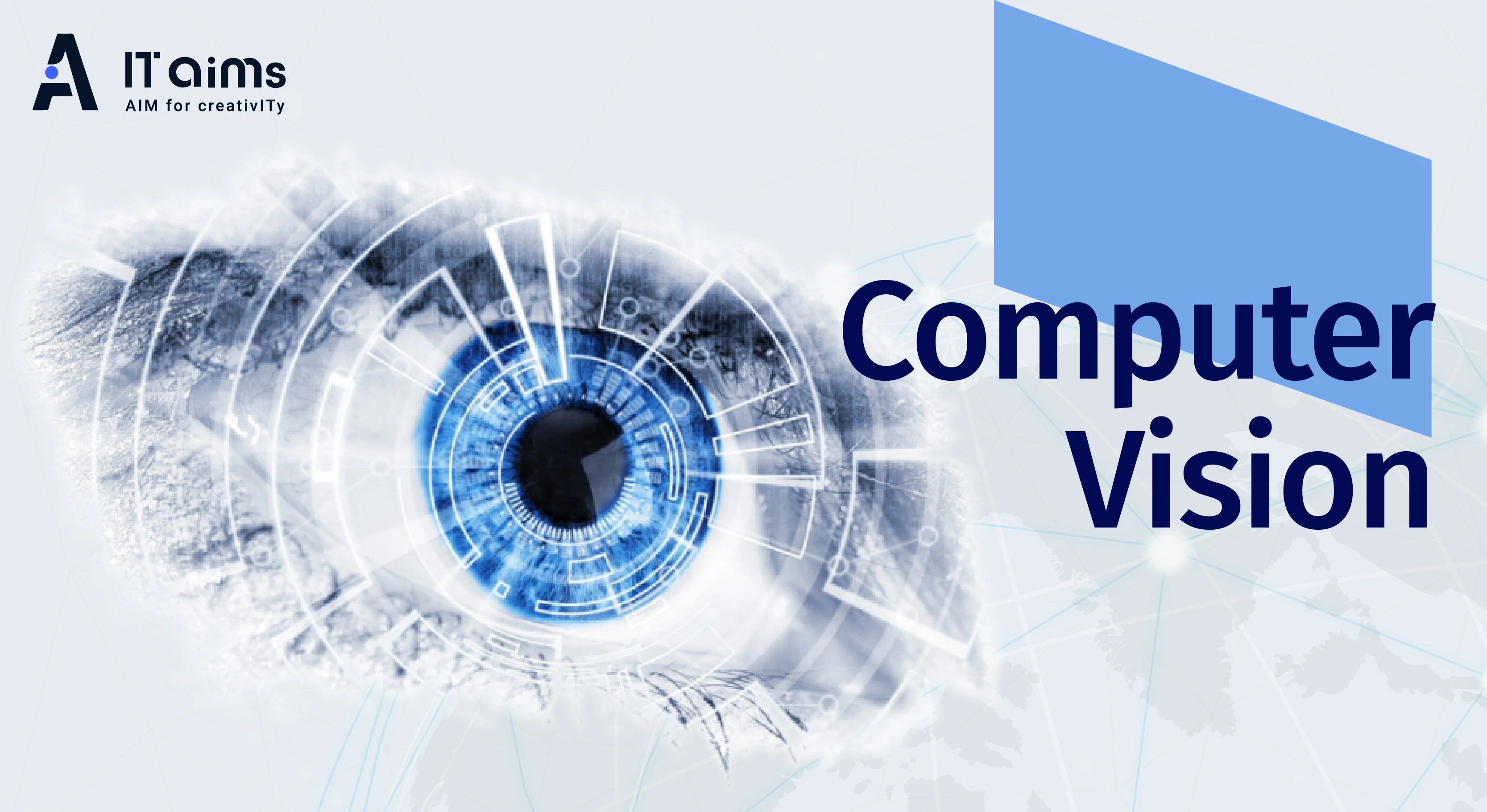
- As we approach the year 2023, the field of computer vision is poised to make significant leaps forward, building on the tremendous progress already made in recent years. With the advent of new and improved algorithms, coupled with the ever-evolving machine learning techniques, the capabilities of computer vision systems are set to expand in previously unimaginable ways.
- At its core, computer vision is an essential element of artificial intelligence that enables machines to interpret and understand visual information in a way that was once solely the purview of humans. With computer vision, machines can analyze and interpret images and videos, using the data from cameras and other sensors to identify objects, people, and other relevant details with great accuracy.
- The applications of computer vision are virtually limitless, ranging from facial recognition and autonomous vehicles to medical imaging and security systems. As computer vision technology continues to advance, we can expect to see it being used in increasingly sophisticated and innovative ways, improving our daily lives and changing the way we interact with the world around us.
- Overall, the advances in computer vision expected in 2023 promise to be transformative, ushering in a new era of AI-powered visual processing that will help us better understand the world and make more informed decisions based on the information available to us.
3. Machine Learning
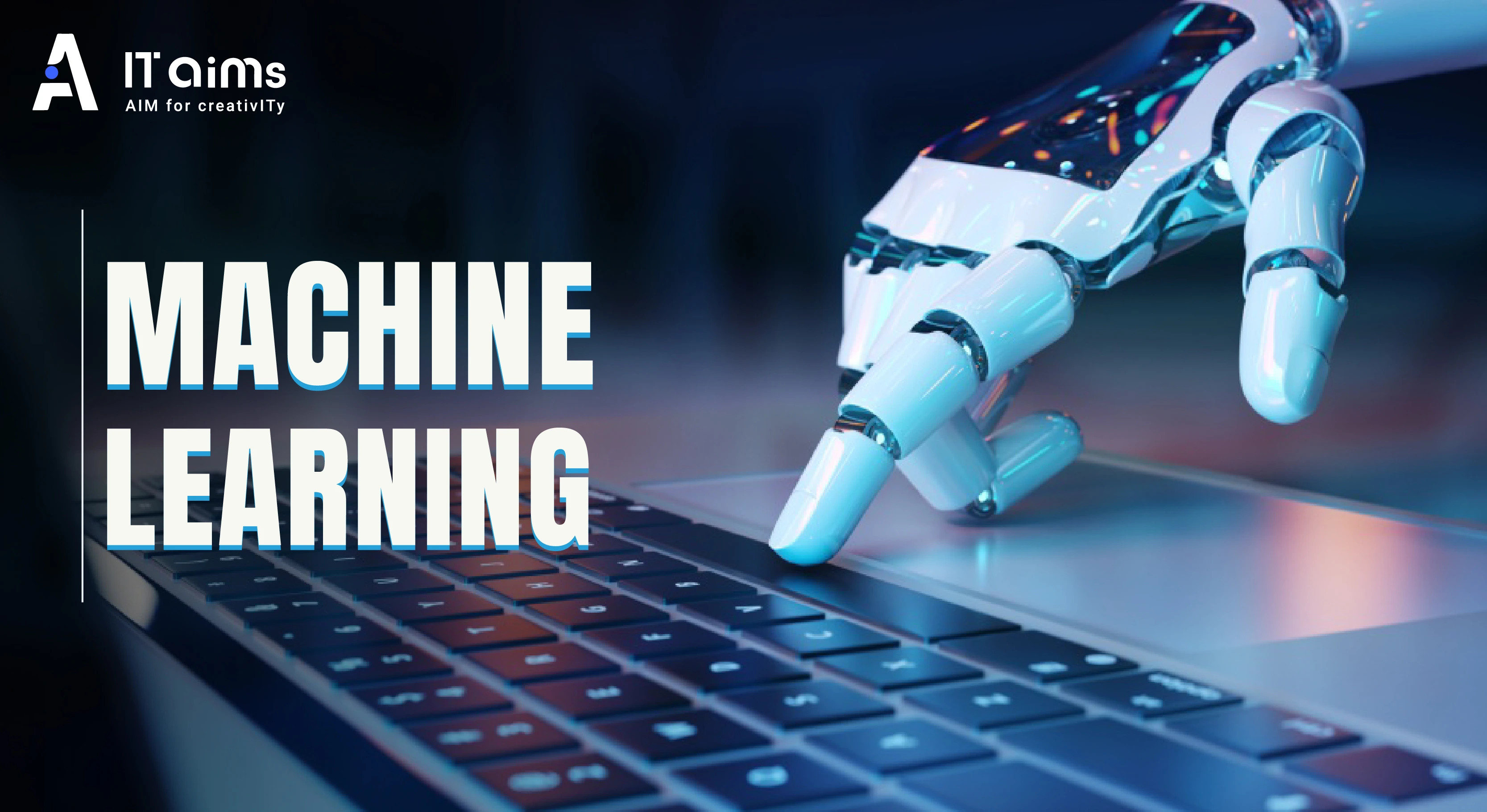
- Machine learning has become a crucial aspect of the AI landscape, and it is expected to progress further in 2023. By utilizing enormous data sets, machine learning algorithms can recognize patterns and trends that would be difficult for humans to detect. In the upcoming year, we can anticipate machine learning algorithms to become more advanced, with the ability to analyze complex data sets and provide remarkable insights.
- For instance, in the healthcare industry, machine learning algorithms can help in analyzing medical data, leading to more accurate diagnoses. By training algorithms with a massive amount of medical data, machine learning models can detect patterns and predict outcomes with higher precision. This could result in better-personalized treatment plans for patients and efficient use of healthcare resources.
- Overall, machine learning will continue to drive significant developments in AI in 2023. With the advancement of algorithms, we can expect to see various new applications in different industries.
4. Robotics
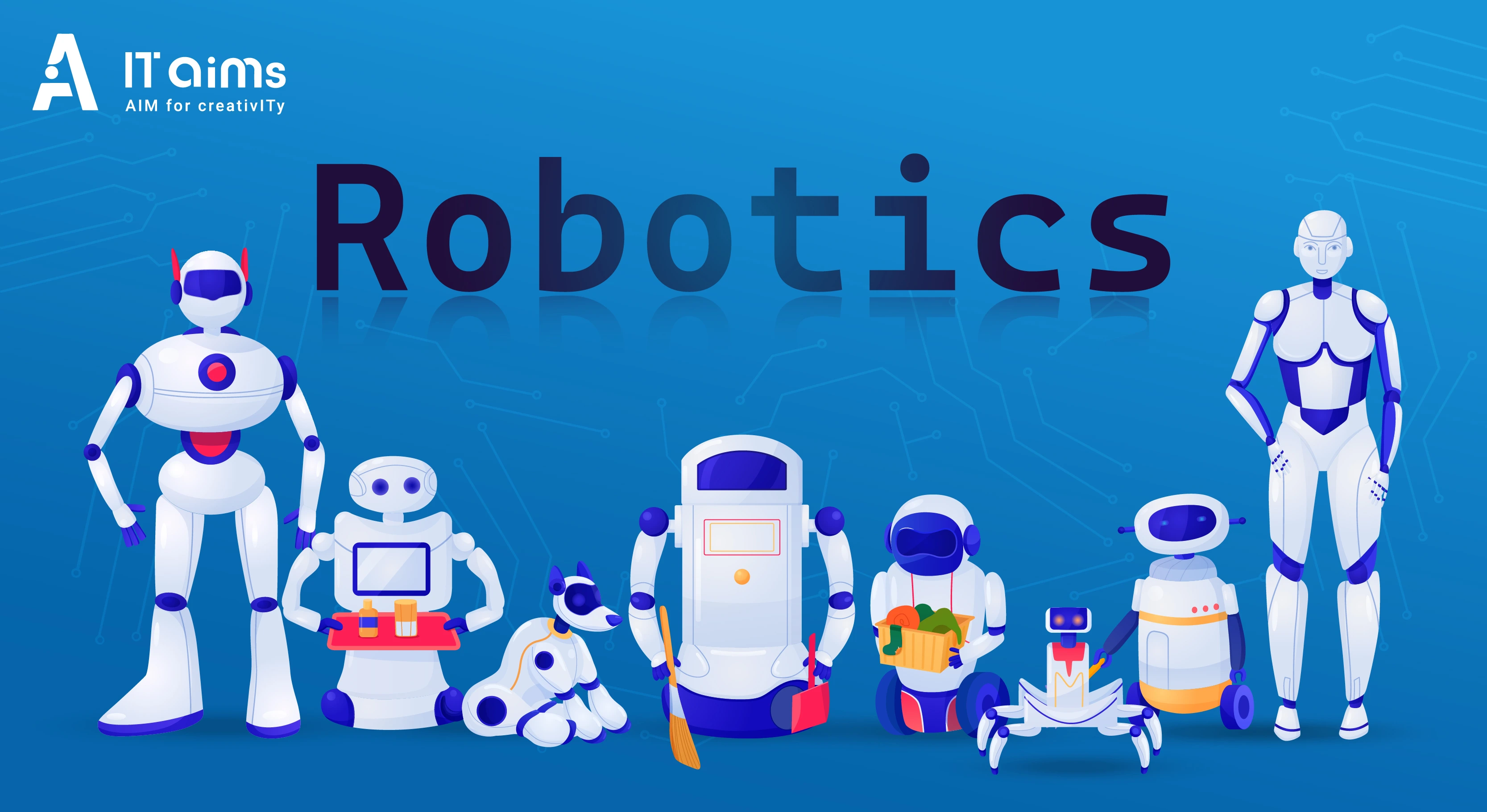
- Robotics is a branch of AI that has already revolutionized several industries by automating complex and tedious tasks that were previously performed by humans. In 2023, we can expect to witness even more significant advancements in robotics, with robots becoming more advanced and capable of performing a wider range of tasks.
- For instance, in the manufacturing industry, robotics can be used to automate the assembly of complex products with precision and speed. This can help manufacturers to reduce costs and increase productivity. In logistics, robots can be used to sort and transport goods, minimizing human error and speeding up delivery times. This can be especially beneficial in the e-commerce industry, where fast and accurate deliveries are crucial to customer satisfaction.
- In conclusion, robotics will continue to evolve rapidly in 2023, with robots becoming more advanced and capable of performing a wider range of tasks. From manufacturing to healthcare and beyond, the integration of robotics will revolutionize industries and transform the way we live and work.
5. Autonomous Vehicles
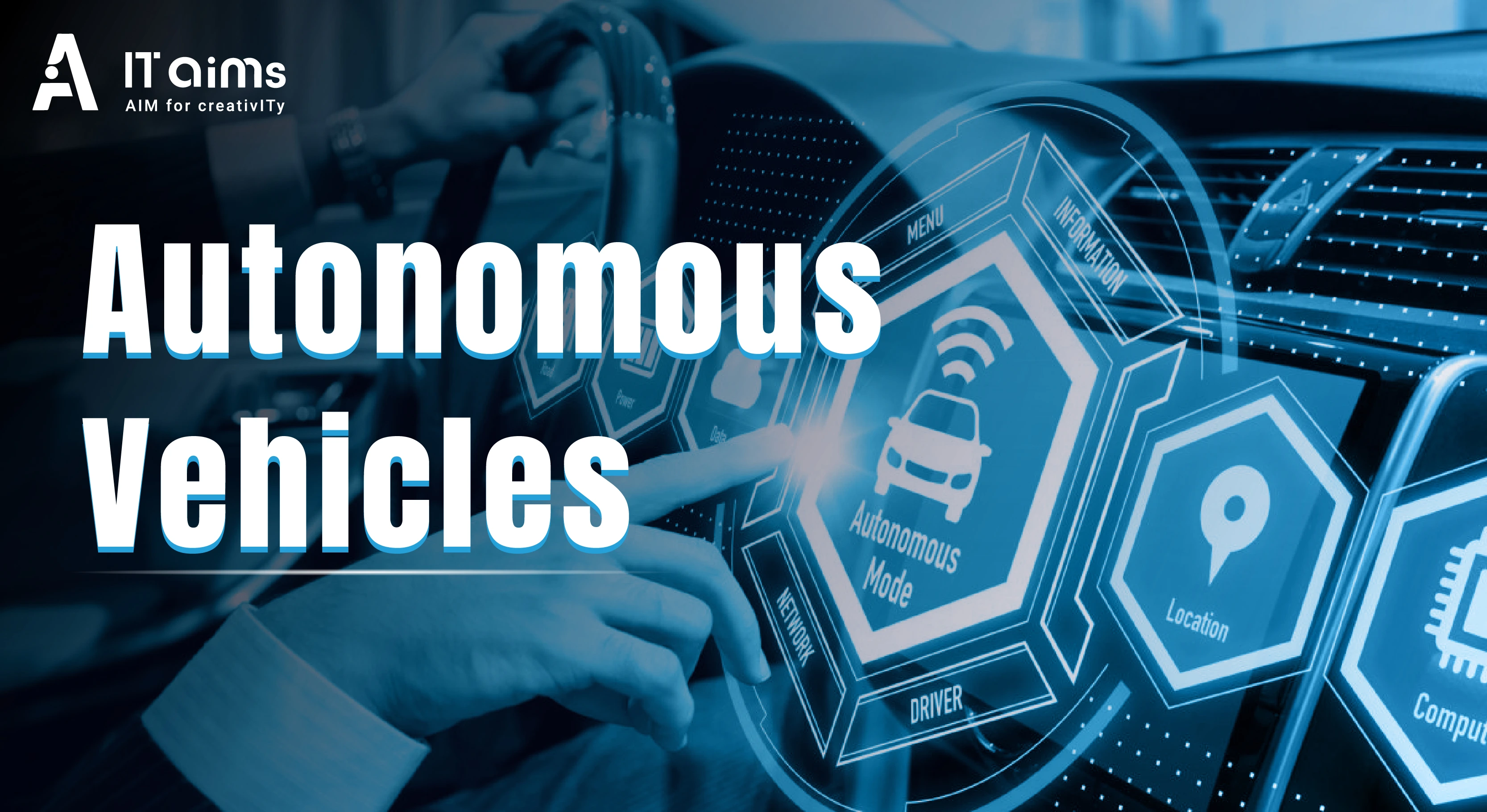
- Autonomous vehicles are a fascinating innovation that has disrupted the transportation industry by offering a safer, efficient, and eco-friendly means of mobility. In 2023, we can expect to witness a significant rise in autonomous vehicles as more companies invest in this technology, and more cities adopt it as a means of transportation.
- The deployment of autonomous vehicles will have numerous benefits, including reducing traffic congestion, improving safety, and reducing emissions. For instance, autonomous vehicles will be able to communicate with one another, preventing accidents caused by human error. They can also help in reducing the amount of fuel consumed and cutting down on emissions, thereby making transportation more eco-friendly.
- Moreover, autonomous vehicles can offer more efficient and safer means of transportation in hazardous environments. For example, they can be used in the mining industry to transport goods and equipment safely, reducing the risk of human accidents.
- In conclusion, the adoption of autonomous vehicles in 2023 will bring numerous benefits to society, including reducing traffic congestion, improving safety, and reducing emissions. The technology is rapidly evolving, and we can expect to see more innovative applications of autonomous vehicles in various industries in the coming years.
6. Edge Computing
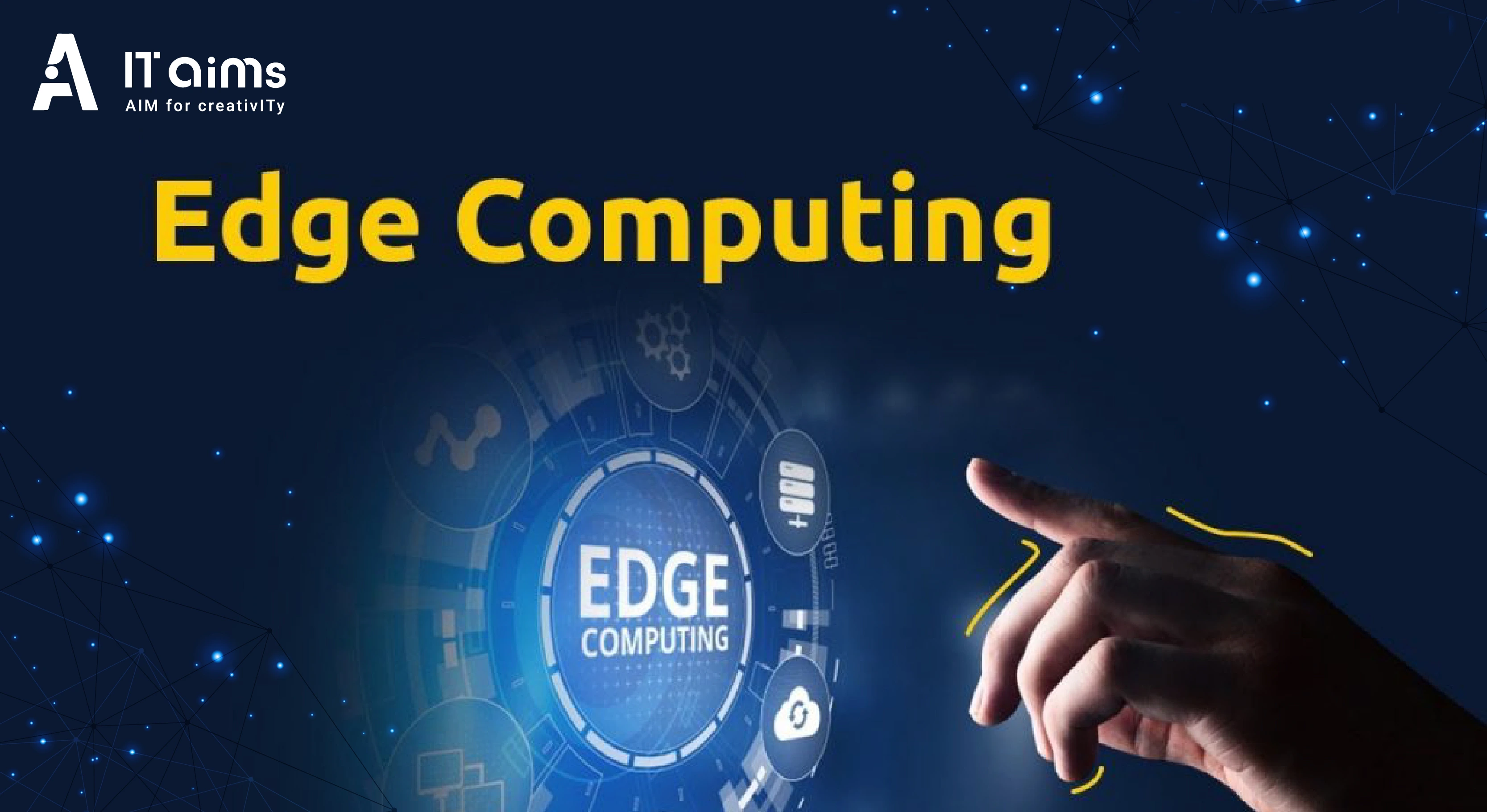
- Edge computing has become an essential component of the technology landscape, with its importance expected to grow exponentially in 2023. Edge computing refers to the practice of processing data closer to where it is generated, at the edge of the network, rather than relying on centralised cloud computing resources. This approach allows for faster data processing and reduced latency, leading to improved performance of AI applications.
- With the increasing adoption of the Internet of Things (IoT) and other connected devices, edge computing is becoming even more important. For example, in the manufacturing industry, edge computing can be used to analyze data generated by sensors on production lines in real time, leading to improved efficiency and reduced downtime.
- Edge computing also has the potential to transform healthcare. For instance, medical devices can be connected to the edge of the network, allowing for real-time monitoring and analysis of patient data. This can lead to more accurate diagnoses, timely interventions, and improved patient outcomes.
- In conclusion, edge computing is set to become even more important in 2023, with the rise of IoT and other connected devices. Its ability to reduce latency, improve the performance of AI applications, and enable real-time data processing will have transformative effects across various industries, including manufacturing, transportation, healthcare, and more.
7. Explainable AI
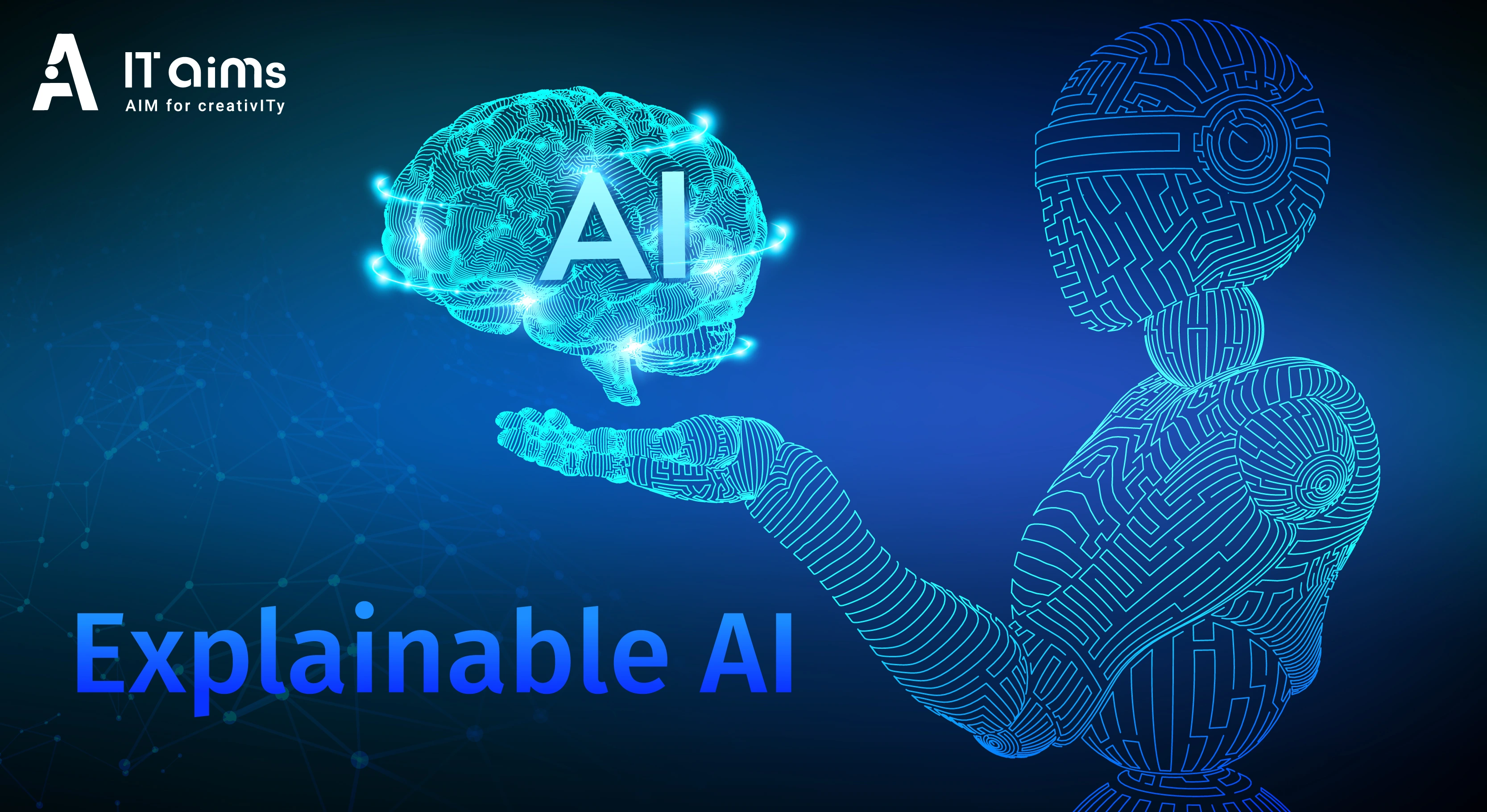
- Explainable AI (XAI) is a rapidly evolving subfield of AI that aims to make AI systems more transparent and interpretable, and its significance is expected to increase in 2023. The key challenge of traditional black-box AI systems is that they are difficult to interpret, which makes it difficult to understand how the system makes decisions. XAI approaches aim to provide insights into the decision-making process of an AI system, helping users to understand how the system arrived at a particular conclusion.
- In 2023, the demand for XAI is likely to increase, as regulators and consumers increasingly seek accountability and transparency from AI systems. For instance, in the financial sector, XAI can be used to provide an explanation of the decisions made by automated trading systems, enabling traders to understand the rationale behind the decisions made by the AI system.
- XAI is also important in ensuring that AI systems are fair, unbiased, and ethical. For example, in the recruitment process, XAI can be used to ensure that the AI system does not discriminate against certain groups of applicants based on protected characteristics like race, gender, or age.
- In conclusion, explainable AI is set to become even more important in 2023, as the demand for transparency and accountability from AI systems grows. With the ability to improve fairness, transparency, and accuracy, XAI has the potential to address many of the ethical concerns associated with AI and promote greater trust and confidence in AI systems.
Conclusion
In conclusion, 2023 promises to be an exciting year for artificial intelligence, with new technologies and advancements that will shape the future of the field. From natural language processing to robotics, machine learning, and more, AI is poised to transform the way we live and work, making our lives more efficient, productive, and enjoyable.
FAQs
- Q.1: What is the AI forecast for 2023?
The AI industry is expected to continue to grow and expand, with AI becoming more integrated into various industries, including healthcare, finance, manufacturing, and transportation. Advancements in natural language processing, machine learning, computer vision, and robotics are also likely to continue in the coming years, enabling new AI applications and use cases. Additionally, ethical considerations around AI development and deployment are expected to receive more attention, as AI becomes more prevalent in society.
- Q.2: Which AI field is best for the future?
Artificial intelligence (AI) is a rapidly evolving field with the potential to transform various industries, from healthcare to finance, manufacturing, and transportation. As AI technologies continue to mature and become more sophisticated, different AI fields are emerging with unique potential for growth and impact in the future. One of the most prominent AI fields is machine learning, which involves teaching machines to learn from data and improve their performance over time. Another AI field with enormous potential is natural language processing (NLP), which involves teaching machines to understand and analyze human language. NLP has the potential to transform industries such as customer service, education, and e-commerce. With the increasing use of drones, surveillance systems, and autonomous vehicles, computer vision has enormous potential for growth and impact. With the increasing demand for automation and the aging population, robotics has enormous potential for transforming industries such as healthcare, manufacturing, and logistics. The potential for growth and impact of each AI field depends on various factors such as advancements in technology, investment in research and development, and adoption rates across different industries. However, as AI technologies continue to mature and become more accessible, the potential for AI to transform various industries and improve our lives is immense.
- Q.3: How much will AI grow in 2023? What will be the value of AI in 2030?
It is difficult to provide a precise estimate of how much AI will grow in 2023, as the growth of AI depends on various factors such as advancements in technology, investment in research and development, and adoption rates across different industries. However, it is clear that AI will continue to grow at a significant pace in the coming years. According to a report by Research and Markets, the global AI market size is expected to grow from $58.3 billion in 2021 to $309.6 billion by 2026, at a compound annual growth rate (CAGR) of 39.7%. This indicates that the AI market is expected to grow at a significant pace in the coming years, with industries such as healthcare, finance, and manufacturing driving much of this growth. Another report by McKinsey & Company estimates that AI could deliver up to $13 trillion in global economic activity by 2030, indicating the potential for significant growth in the AI market in the coming years. In summary, while it is challenging to provide an exact estimate of how much AI will grow in 2023, it is clear that the AI market is expected to grow at a significant pace in the coming years, with industries such as healthcare, finance, and manufacturing driving much of this growth.
- Q.4: Is AI the future of it?
AI is increasingly becoming an essential component of the IT industry, and it has the potential to revolutionize the way we work and live. AI technologies such as machine learning, natural language processing, and computer vision are already transforming various industries, including healthcare, finance, and retail. In the IT industry, AI is being used to automate tasks, improve efficiency, and enhance cybersecurity. For example, AI-powered chatbots can handle customer inquiries and support tickets, freeing up human resources to focus on more complex tasks. AI is also being used to detect and respond to cybersecurity threats, helping to protect IT systems and data. However, while AI is undoubtedly a significant part of the future of IT, it is not the only technology that will shape the industry. Other emerging technologies such as blockchain, 5G, and quantum computing are also likely to have a significant impact on the IT industry in the coming years. In summary, AI is a crucial technology that is transforming various industries, including IT. While AI is undoubtedly an essential part of the future of IT, it is not the only technology that will shape the industry. Other emerging technologies are also likely to have a significant impact on the IT industry in the coming years.
- Q.5: Which AI technologies will dominate in 2023?
The integration of quantum computing and AI represents a cutting-edge technological advancement that could transform multiple industries. Finance, healthcare, retail, and logistics are just a few examples of sectors that could benefit greatly from this integration. Unlike traditional computers, which operate on binary digits, quantum computers use qubits to carry out complex calculations at an unprecedented speed. This quantum advantage, coupled with the capabilities of AI, could unlock new possibilities for businesses and industries by providing more accurate predictions, optimizing complex systems, and enhancing decision-making capabilities. In essence, the integration of quantum computing and AI represents a major leap forward in computational power and has the potential to revolutionize various fields of human endeavor.
Popular Searches
Tags:
